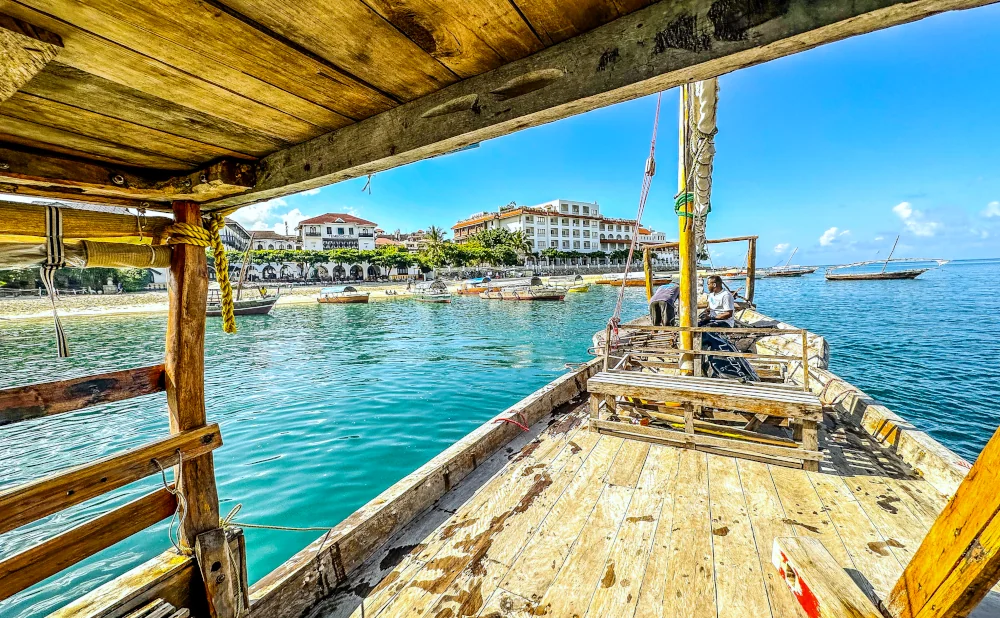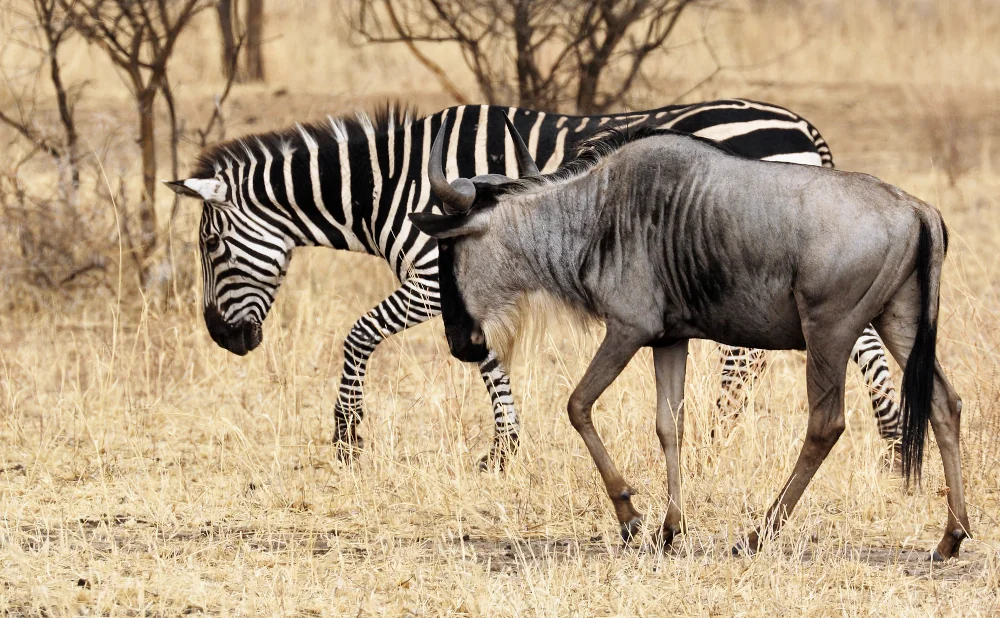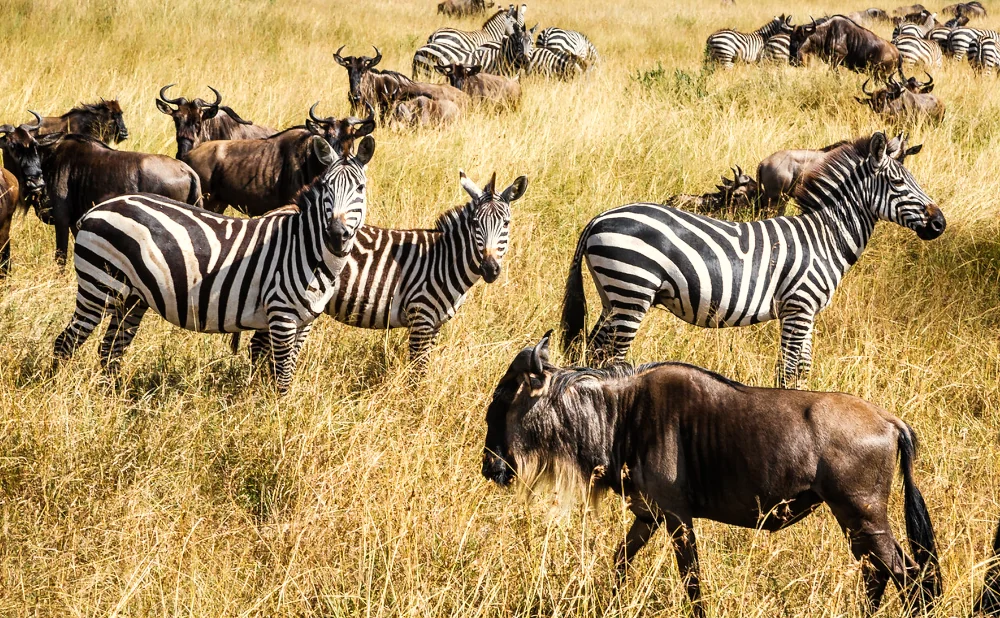Essential Kilimanjaro Itinerary for Adventurers
Are you ready for an adventure of a lifetime? Climbing Mount Kilimanjaro is a thrilling challenge that many adventurers dream of conquering. Standing as Africa's tallest peak, Kilimanjaro offers breathtaking landscapes and a sense of accomplishment unlike any other. But before you lace up your boots, it's crucial to have a well-planned itinerary. This guide will walk you through everything you need to know about the essential Kilimanjaro itinerary.
Understanding Kilimanjaro
Mount Kilimanjaro is located in Tanzania and is the tallest free-standing mountain in the world. Reaching an elevation of 19,341 feet (5,895 meters), it presents a unique challenge due to its high altitude and varying climate zones. Climbers will experience everything from lush rainforests to arctic-like conditions at the summit.
Why Climb Kilimanjaro?
Climbing Kilimanjaro isn't just about reaching the summit; it's about the journey. The mountain offers a diverse environment with stunning scenery and a chance to witness wildlife in its natural habitat. It’s also one of the few major mountains that can be climbed without technical skills or equipment, making it accessible to many adventure seekers.
Choosing the Right Kilimanjaro Route
There are several routes to choose from when planning your Kilimanjaro itinerary. Each route varies in length, difficulty, and scenery. Here are some of the most popular options:
Marangu Route
Known as the "Coca-Cola" route, the Marangu Route is the most popular and the only one that offers hut accommodations. It’s considered one of the easier paths, but its popularity means it can be crowded.
- Duration: 5-6 days
- Difficulty: Moderate
- Scenery: Varied, with views of Mawenzi and the saddle
Machame Route
Also called the "Whiskey" route, the Machame Route is more challenging but offers incredible views. It’s known for its scenic beauty and diverse landscapes.
- Duration: 6-7 days
- Difficulty: High
- Scenery: Stunning views of the Shira Plateau and Barranco Wall
Lemosho Route
The Lemosho Route is ideal for those looking for a quieter experience. It offers excellent acclimatization and stunning vistas.
- Duration: 7-8 days
- Difficulty: Moderate to high
- Scenery: Panoramic views of the mountain and surrounding landscapes
Rongai Route
The Rongai Route approaches Kilimanjaro from the north and is the only route that offers this unique perspective. It’s less crowded and offers a gentle climb.
- Duration: 6-7 days
- Difficulty: Moderate
- Scenery: Unique views of Kenya and the mountain’s northern side
Northern Circuit Route
This is the longest route, offering the best acclimatization and the highest success rate for reaching the summit. It’s perfect for those who want to savor the journey.
- Duration: 8-9 days
- Difficulty: Moderate
- Scenery: Diverse and expansive views across the mountain
Preparing for Your Climb
Physical Preparation
Climbing Kilimanjaro is a physical challenge that requires preparation. Focus on cardiovascular exercises, strength training, and hiking to build stamina. Consider training with a backpack to simulate carrying gear.
Acclimatization
Acclimatization is crucial for a successful climb. Choose a route that allows for gradual ascent and extra days on the mountain to adjust to the altitude.
Gear and Equipment
Packing the right gear is essential for a comfortable climb. Here’s a checklist of must-have items:
- Clothing: Layered clothing for varying temperatures, waterproof jacket, thermal base layers
- Footwear: Sturdy hiking boots, gaiters
- Accessories: Hat, gloves, sunglasses, headlamp
- Camping Gear: Sleeping bag rated for cold temperatures, trekking poles
- Miscellaneous: Water bottle, snacks, first-aid kit, camera
Day-by-Day Itinerary
While itineraries vary based on the chosen route, here's a general day-by-day breakdown for a typical 7-day climb via the Machame Route:
Day 1: Arrival and Trek to Machame Camp
Begin your adventure at Machame Gate and trek through lush rainforest to Machame Camp. This initial ascent helps you acclimatize to the altitude.
Day 2: Machame Camp to Shira Camp
Ascend through the forest, transitioning to heather and moorland. You'll camp at Shira Plateau, enjoying the expansive views.
Day 3: Shira Camp to Barranco Camp
Trek to Lava Tower for acclimatization before descending to Barranco Camp. This day is crucial for adjusting to the altitude.
Day 4: Barranco Camp to Karanga Camp
Navigate the Barranco Wall, a challenging but rewarding section, and continue to Karanga Camp.
Day 5: Karanga Camp to Barafu Camp
Gradually ascend to Barafu Camp, the base camp for your summit attempt. Rest and prepare for the final push.
Day 6: Summit Day
Start the climb to the summit at midnight, aiming to reach Uhuru Peak by sunrise. Celebrate your achievement before descending to Mweka Camp.
Day 7: Descent to Mweka Gate
Complete the descent through rainforest to Mweka Gate, where you'll receive your certificate of achievement.
Tips for a Successful Climb
- Hydration: Drink plenty of water to help with acclimatization.
- Pacing: Take it slow to conserve energy and adjust to the altitude.
- Diet: Eat enough calories to fuel your body throughout the climb.
- Mental Preparation: Stay positive and focus on one step at a time.
Conclusion
Climbing Kilimanjaro is a rewarding experience that requires careful planning and preparation. By selecting the right route, preparing physically and mentally, and following a well-structured itinerary, you can increase your chances of reaching the summit. Embrace the journey, savor the views, and enjoy the sense of accomplishment that comes with standing atop Africa’s highest peak.
Ready for the adventure? Lace up your boots, pack your gear, and set your sights on Kilimanjaro. This incredible journey awaits you.











